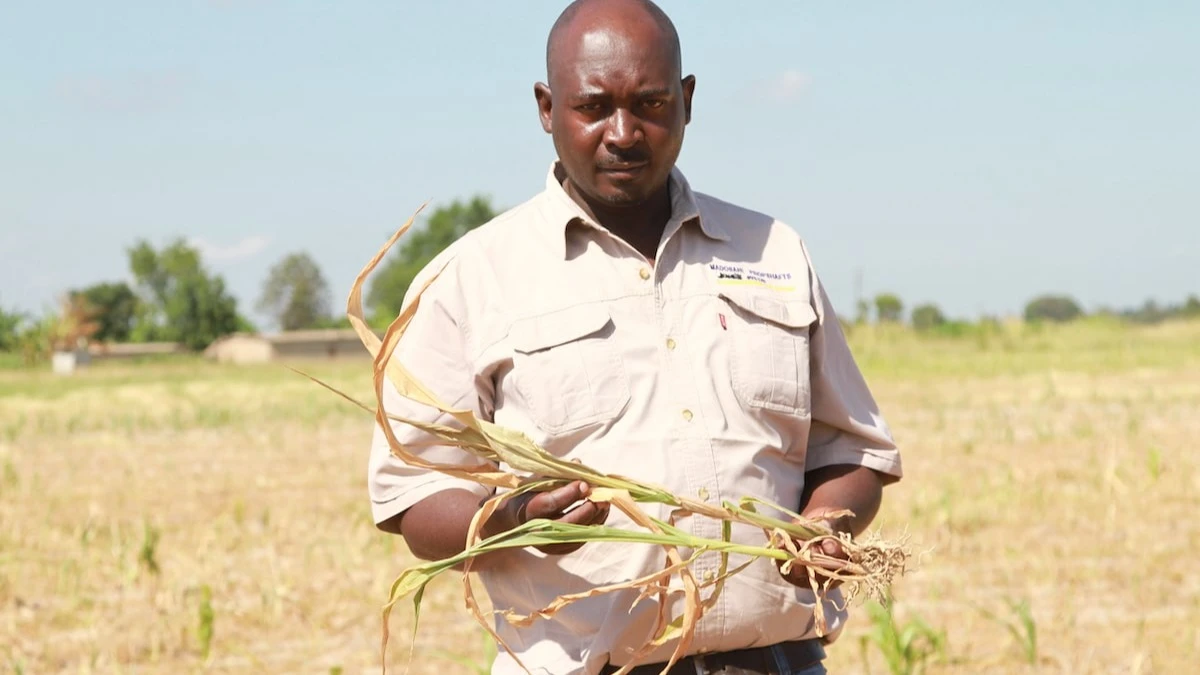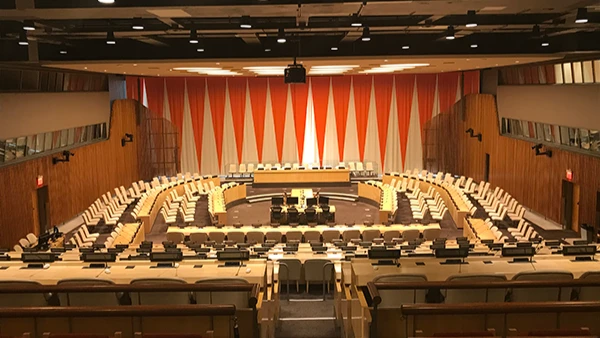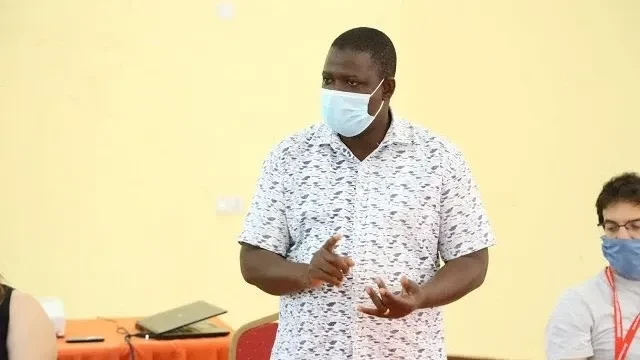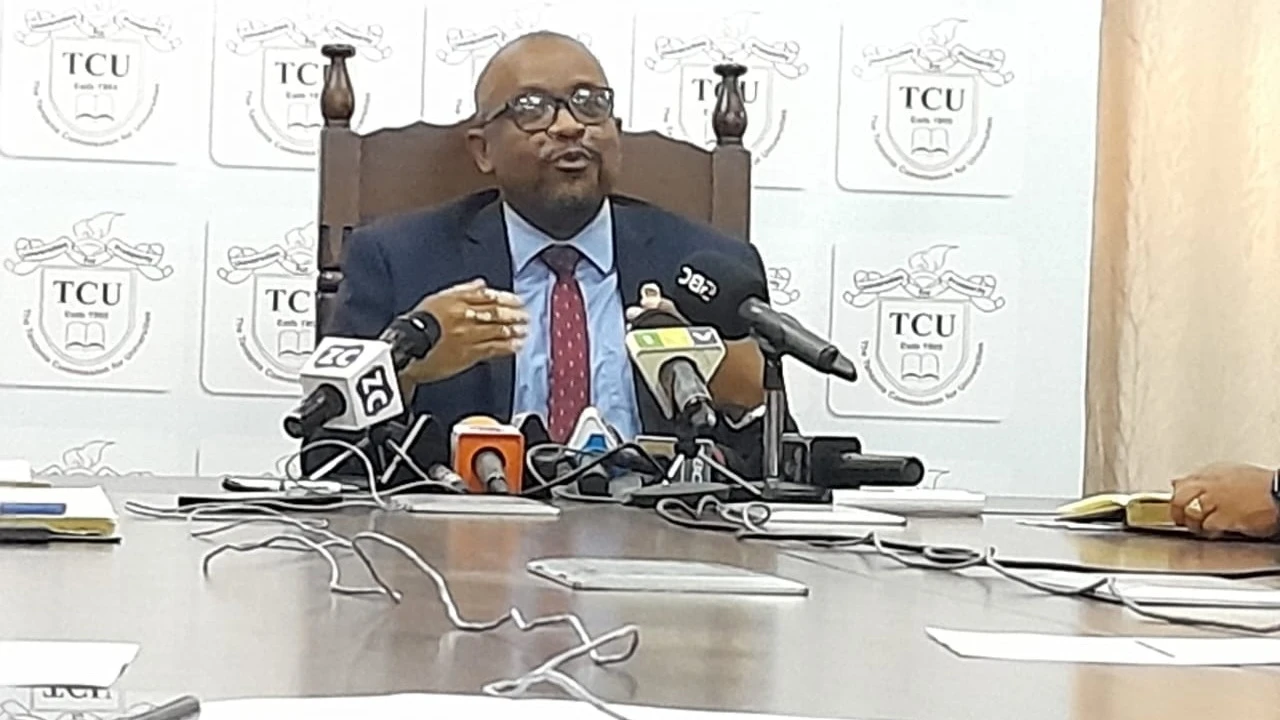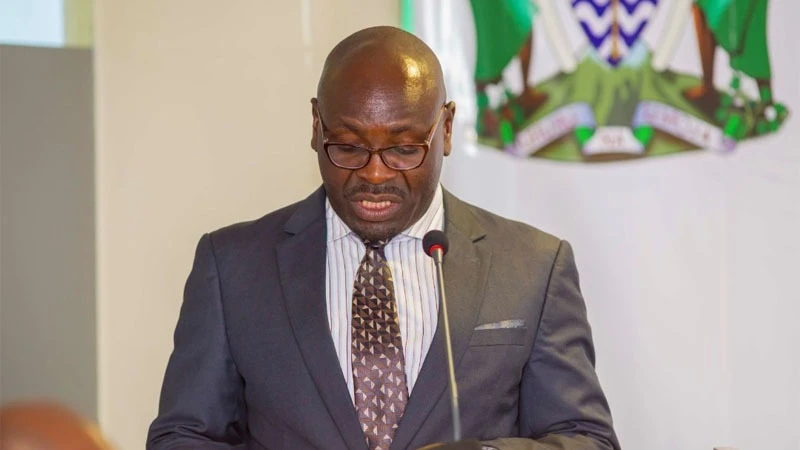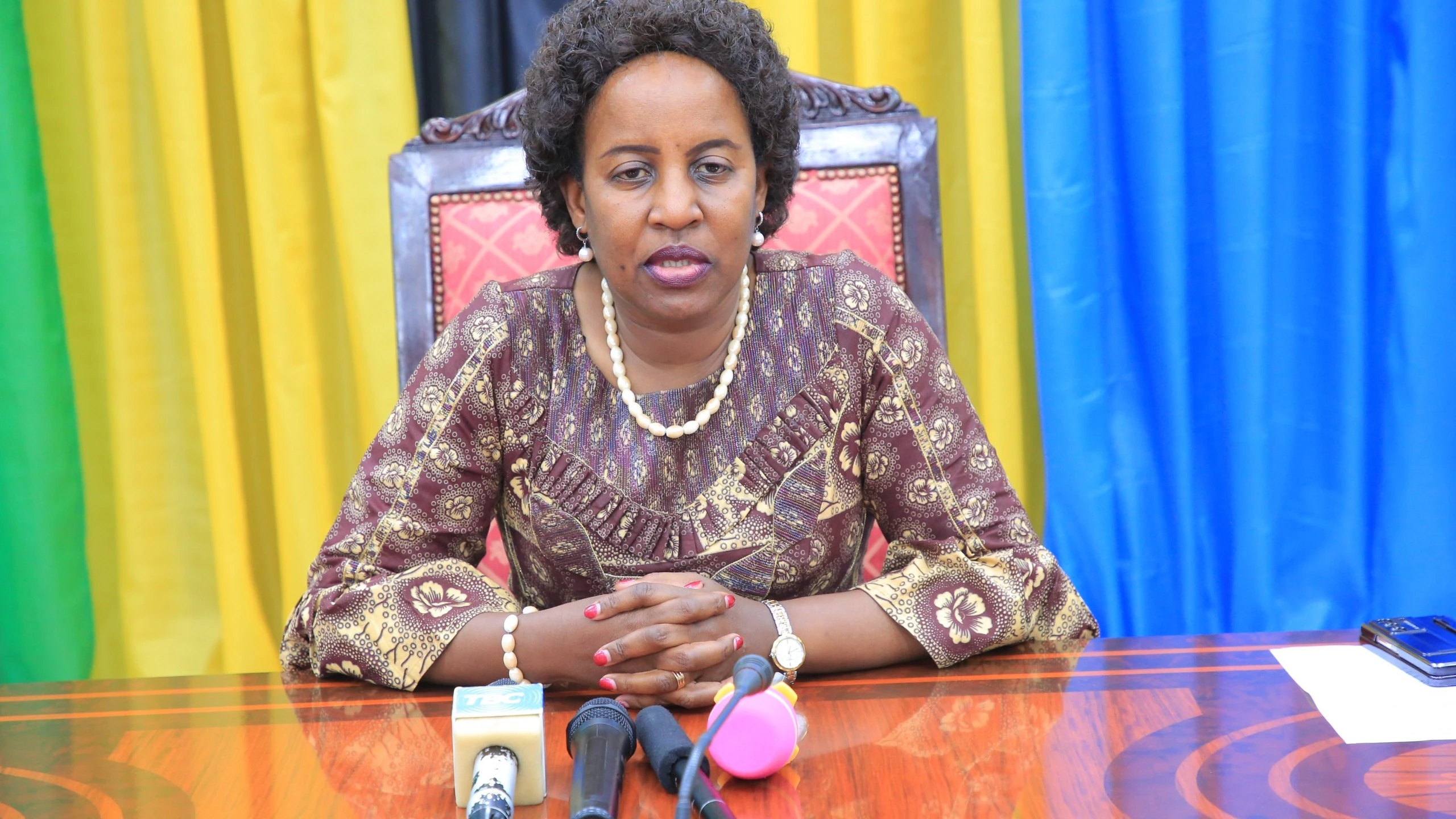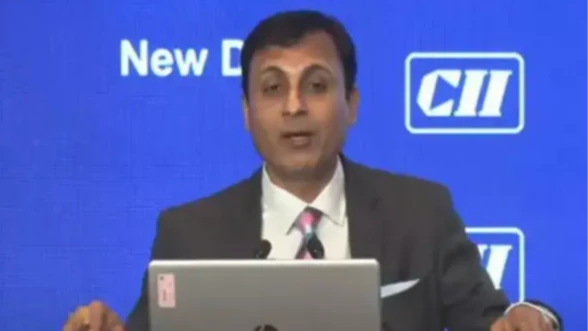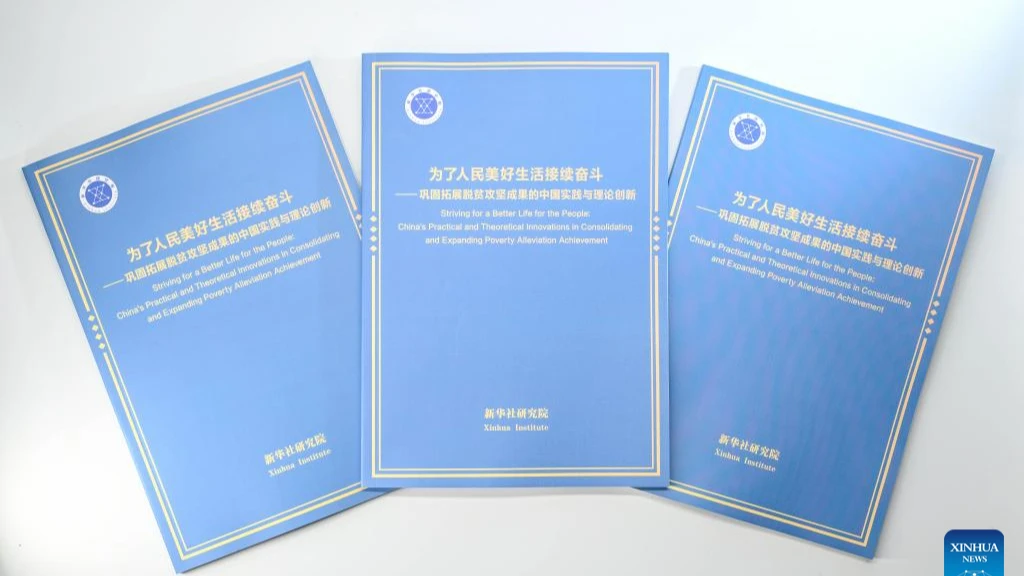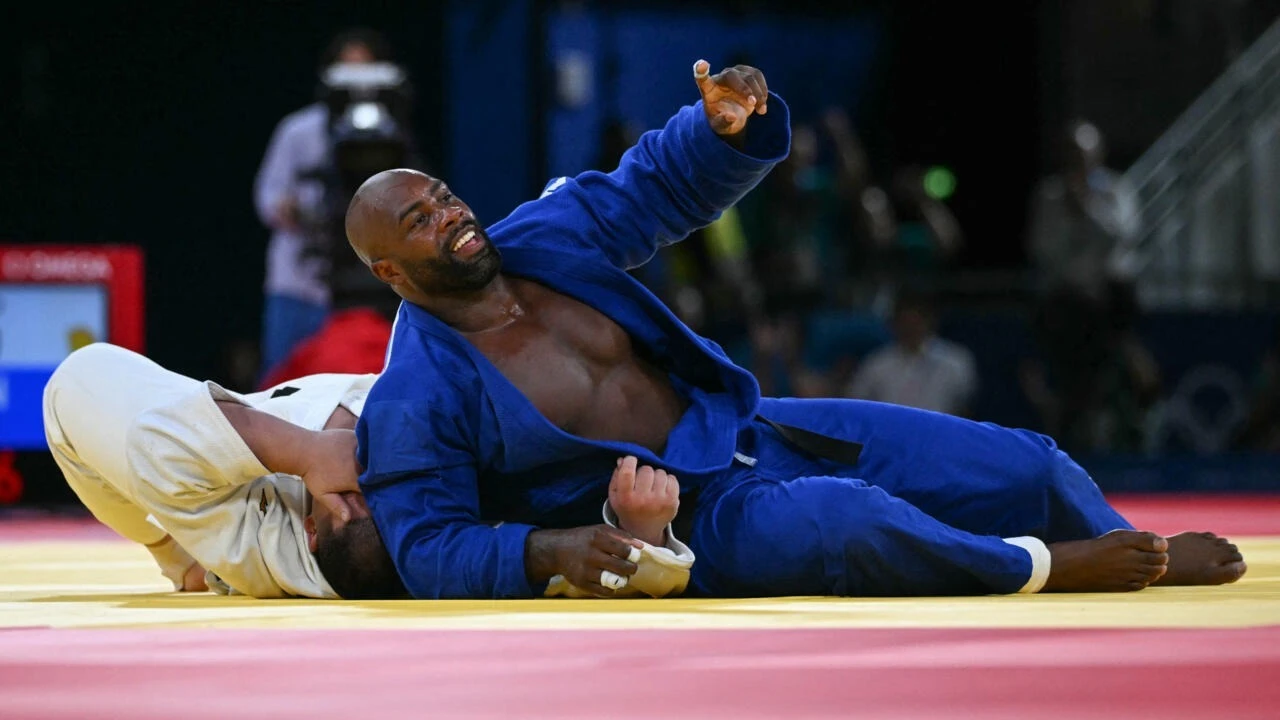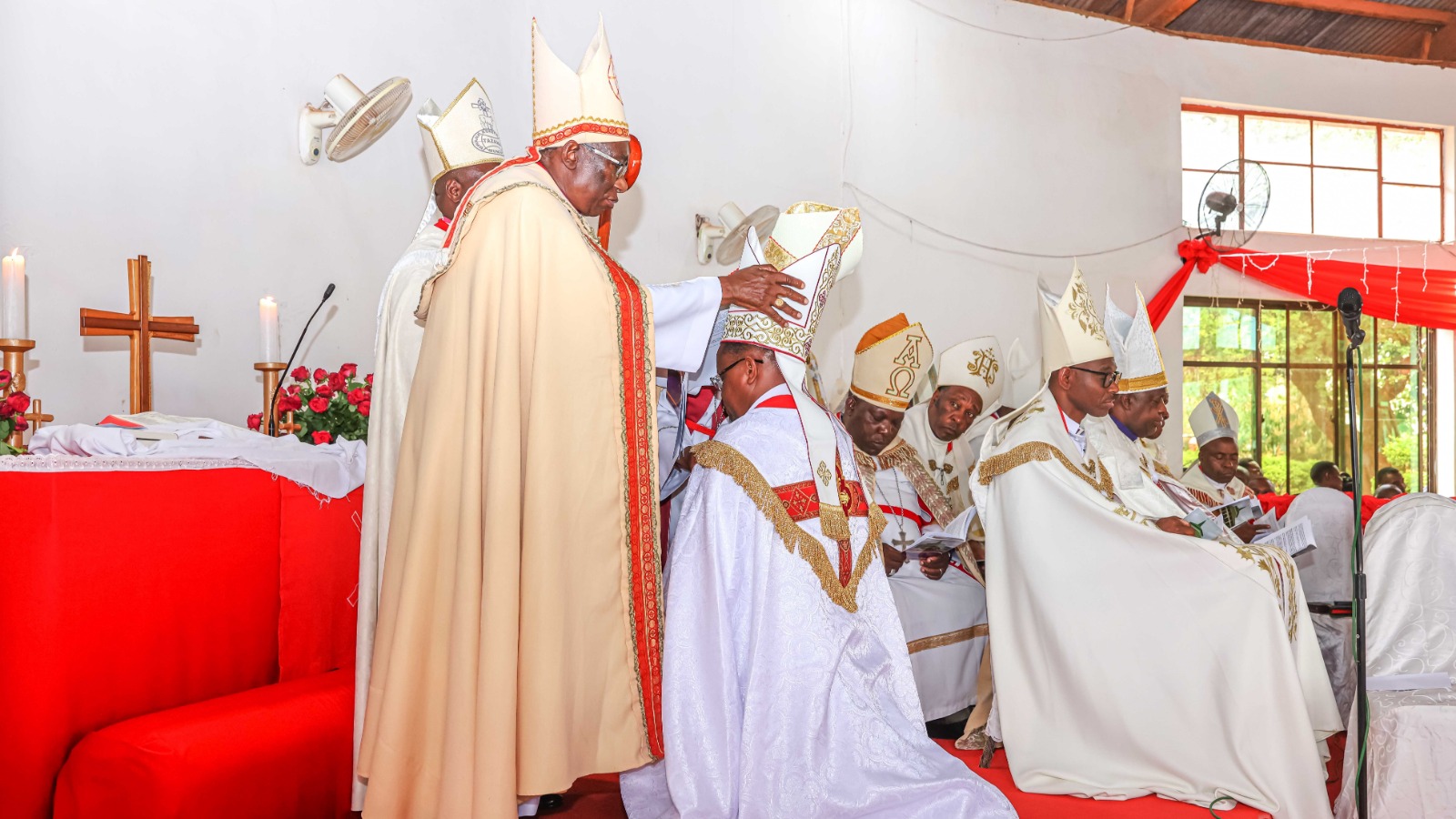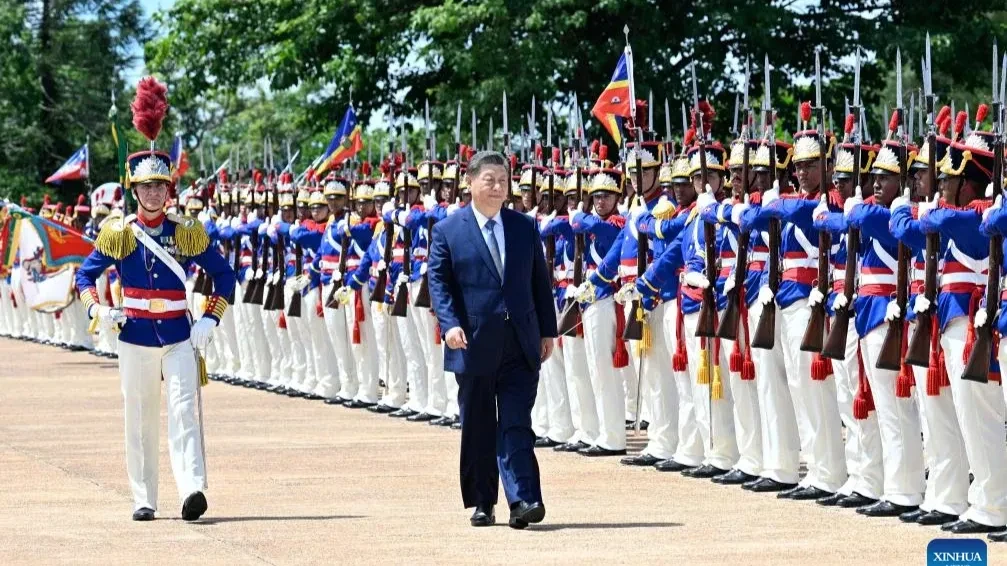Teachers should encourage peer teaching to foster understanding

IN any classroom, students have diverse learning needs, which necessitate the use of varied teaching approaches. Modern teaching philosophies emphasize learner-centered methods, requiring teachers to be creative in stimulating students’ engagement in the learning process.
The traditional teacher-dominated approach is now considered outdated. While teachers remain central as guides in education, they should focus on areas where students genuinely struggle rather than dictate every aspect of the learning process.
It is essential to recognize students’ capacity to contribute meaningfully to discussions. A teacher delivering a lecture on a topic that students already understand would undermine their engagement and learning rights. Instead, the teacher should introduce the concept, clarify any uncertainties, and then encourage students to discuss and expand upon it.
This approach transforms the teacher’s role from an authoritative figure into a facilitator of learning. Prior knowledge among students can serve as a foundation for grasping new concepts when properly guided.
The classroom should not be a competitive space where teachers and students vie for knowledge, but rather a collaborative environment where both parties contribute to the learning process. This mindset has given rise to participatory teaching methods, including peer teaching, which effectively supports learning objectives.
For peer teaching to be successful, teachers must identify strong students in particular subjects and empower them to help others. Students have varying levels of understanding on different topics, and teachers should leverage this by encouraging those who have mastered certain concepts to assist their peers. This practice ensures a dynamic exchange of knowledge, fostering a more inclusive and supportive learning environment.
Peer teaching normalizes learning by promoting interaction among students, which increases opportunities for knowledge acquisition. Recognizing students as valuable resources in the learning process motivates them to study harder, as they strive to maintain their credibility among their peers. This, in turn, enhances overall class performance.
However, teachers must also prevent peer teaching from fostering arrogance among students who take on leadership roles. They should reinforce the idea that learning is continuous and that the teacher’s expertise remains essential.
Implementing participatory methods does not mean relinquishing authority; rather, it ensures students are actively engaged for better outcomes. Teachers remain the primary source of professional guidance, essential for students’ academic growth.
Allowing participatory methods like peer teaching does not mean teachers should become passive. They must still step in to clarify complex concepts that students struggle to resolve independently.
A classroom where students take ownership of learning fosters a productive atmosphere that ultimately benefits teachers, as it enhances their own professional competence. Encouraging students to take an active role in their education reduces the teacher’s workload, allowing them to focus on refining their instructional strategies and assessment methods.
Benefits of peer teaching includes to promoting cooperation as students need to develop cooperative skills for success in future societal roles. Peer teaching not only enhances academic performance but also lays the groundwork for teamwork and collaboration in real-life situations. A classroom mirrors society, and when teachers successfully engage students in peer teaching, they are shaping them for future success in various fields.
It also helps in stimulating inquiry and discovery. Encouraging students to teach one another fosters curiosity and a drive to learn. When students take responsibility for explaining concepts, they are motivated to deepen their understanding, ensuring they have meaningful contributions to discussions.
Effective peer teaching keeps students engaged, leading to higher academic success. Learning should be enjoyable, and when both teachers and students fulfill their roles without unnecessary friction, the classroom becomes a space filled with enthusiasm and intellectual energy.
Peer teaching reduces the teacher’s burden. When students actively participate in peer teaching, the teacher’s workload is significantly reduced. This allows teachers to invest their energy in more strategic aspects of education, such as curriculum development and assessment. Often, teachers expend effort on tasks that students could effectively handle among themselves. Reducing this burden makes teaching more enjoyable and rewarding.
Success in education depends on a teacher’s ability to utilize available resources effectively. Subject matter expertise alone does not guarantee academic success; teachers must also assess students’ abilities and find ways to integrate them into the learning process. Some students feel more comfortable interacting with their peers than with the teacher, making peer teaching an effective strategy for boosting confidence and comprehension.
Ultimately, the goal of education is to equip students with knowledge that benefits both their personal growth and society. Actively involving students in their education fosters a sense of ownership and responsibility, making learning more meaningful. Effective teaching is not just about imparting knowledge—it is about engaging students in the process and empowering them to succeed.
Top Headlines
© 2025 IPPMEDIA.COM. ALL RIGHTS RESERVED




